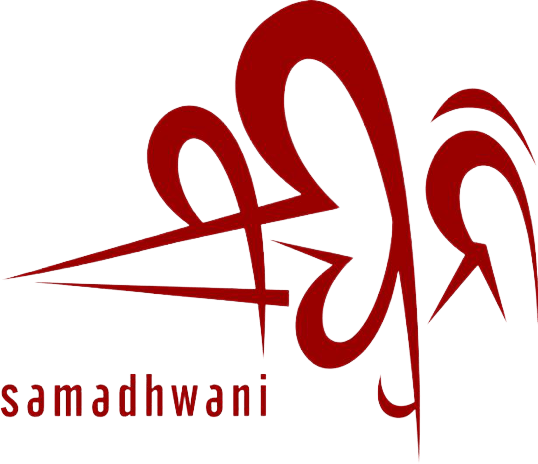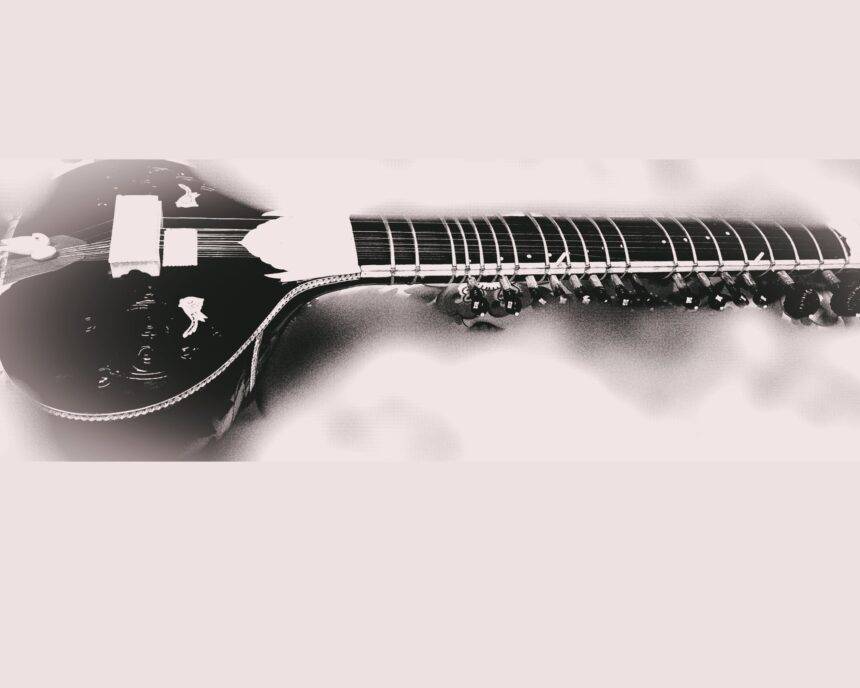“Music is the greatest communication in the World. Even If people do not understand the language that you are singing in, they will still know good music when they hear it”- Lou Rawls.
“Read the room” is about being perceptive to the audience’s reactions and adjusting your performance accordingly. It involves paying attention to the energy and mood of the crowd to ensure that you can connect with them more effectively. In the World of music, there exists an intangible bond between the artist and the audience, an invisible thread that weaves emotions and experiences into a mesmerizing tapestry of sound. Communicating with the audience is a crucial aspect of successful music performance. It goes beyond simply playing the notes or singing the lyrics; it’s about establishing a connection and creating an emotional experience for the listeners. It is the element that distinguishes an ordinary music performance from an extraordinary one. While technical proficiency and musicality are essential, they become even more powerful when coupled with the ability to establish a genuine connection and evoke emotions in the listeners. This deeper level of engagement not only enhances the overall experience for the audience but also leaves a lasting impact on their memories and emotions.
Music has the unique ability to stir emotions, and a skilled performer knows how to harness this power to take the audience on an emotional journey. By tapping into their own emotions and infusing the music with authentic feelings, the performer can elicit a similar response from the listeners. This shared emotional experience forms a strong bond between the performer and the audience, making the performance more meaningful and memorable. Music serves as a universal means of communication, enabling artists to forge connections with individuals of diverse cultures, backgrounds, and life experiences. When performers effectively convey their message, the audience experiences a profound sense of recognition, comprehension, and belonging within the artistic expression. This ability to connect surpasses boundaries, fostering a shared sense of unity and community among the listeners.
Despite being taught these skills as learners of Indian music or sitar, many performers struggle to execute them effectively on the practical stage. This observation brings to mind a particular incident that exemplifies this situation. The experience I want to share took place around a decade ago during a sitar concert at Ravenshaw University in Cuttack, Odisha. The featured performer of the evening was none other than my favorite sitar player, Ustad Shahid Pervez Khan, whom I greatly admire. I was thrilled that such a renowned artist was performing in my city, and I was excited about attending the concert. As I entered the concert hall, I realized that I only knew two people present there – Ustadji himself and another well-known sitar player from Odisha. The rest of the audience seemed to have little to no connection with the music, which made me a bit apprehensive about how they would respond to the performance. Despite the grand and vintage setting of the hall, there was a noticeable lack of musical appreciation in the air. As the concert began, Ustadji started with the alap, playing the introductory and meditative phases of the performance. However, to my disappointment, the audience seemed unengaged and were making noise, casually chatting with each other. I knew that this was not a suitable atmosphere for such a profound and soulful performance, and I felt concerned, as did other senior sitar player present. However, Ustadji’s response to the situation surprised and impressed me. Instead of getting frustrated or showing annoyance, he paused for a moment, looked at the audience with a warm smile, and then resumed playing. But this time, he adapted his performance, subtly changing the course of his music to capture their attention. Gradually, as Ustadji continued to play with unmatched skill and emotion, I witnessed something remarkable happening. The atmosphere in the hall began to shift, and the once noisy audience gradually fell into a state of complete silence, as if they were spellbound by the mesmerizing melody flowing from Ustadji’s sitar. It was a truly incredible sight to see how Ustadji’s music had the power to captivate even an audience not familiar with Indian classical music. His skillful improvisation and ability to connect with the listeners transformed the entire ambiance, making it an unforgettable experience for everyone present. In that moment, I learned a valuable lesson from Ustad Shahid Pervez Khan – the true essence of a masterful performer lies not just in their technical prowess but also in their ability to connect with the audience and create an atmosphere where music can be truly appreciated and cherished. This concert left a profound impact on me as a learner of Indian music and strengthened my admiration for Ustadji’s artistry and humility.
Music performance isn’t solely about the technical execution; it’s also about the overall experience for the audience. Engaging with the crowd helps to keep them captivated, attentive, and invested in the performance. When the audience feels involved and valued, they are more likely to stay focused and appreciate the nuances of the music. Music is open to interpretation, and every listener may perceive it differently based on their unique experiences and emotions. By communicating with the audience, the performer gains insights into how the music is being received and interpreted. This feedback loop can inform the performer’s own interpretation and lead to a more nuanced and resonant delivery. A performance on stage is a two-way street of energy exchange. When the performer exudes enthusiasm, passion, and emotion, the audience reciprocates with positive energy and responsiveness. This cycle elevates the atmosphere in the performance space, creating a symbiotic relationship that feeds into the intensity and impact of the music. Audience communication fosters a sense of trust and appreciation between the performer and the listeners. When the performer shares stories, insights, or thoughts, it adds depth and context to the music, making it more relatable and engaging. As a result, the audience is more likely to be receptive to the performer’s artistic choices and interpretations. However, Maintaining the authenticity of the music genre and the tradition of the music on stage while effectively communicating with the audience is a delicate and essential balance that ensures a successful and meaningful performance. It involves preserving the core elements and traditions of the music genre while engaging with the audience in a way that resonates with them.
Successful music performance hinges not only on technical prowess and musical talent but also on the ability to communicate with the audience. By establishing a connection, evoking emotions, and creating a shared experience, the performer elevates the music to a higher level, leaving a profound impact on the listeners. This exchange of energy and emotions transforms a mere sequence of notes into an unforgettable and transformative experience that resonates with the audience long after the final note has been played.



